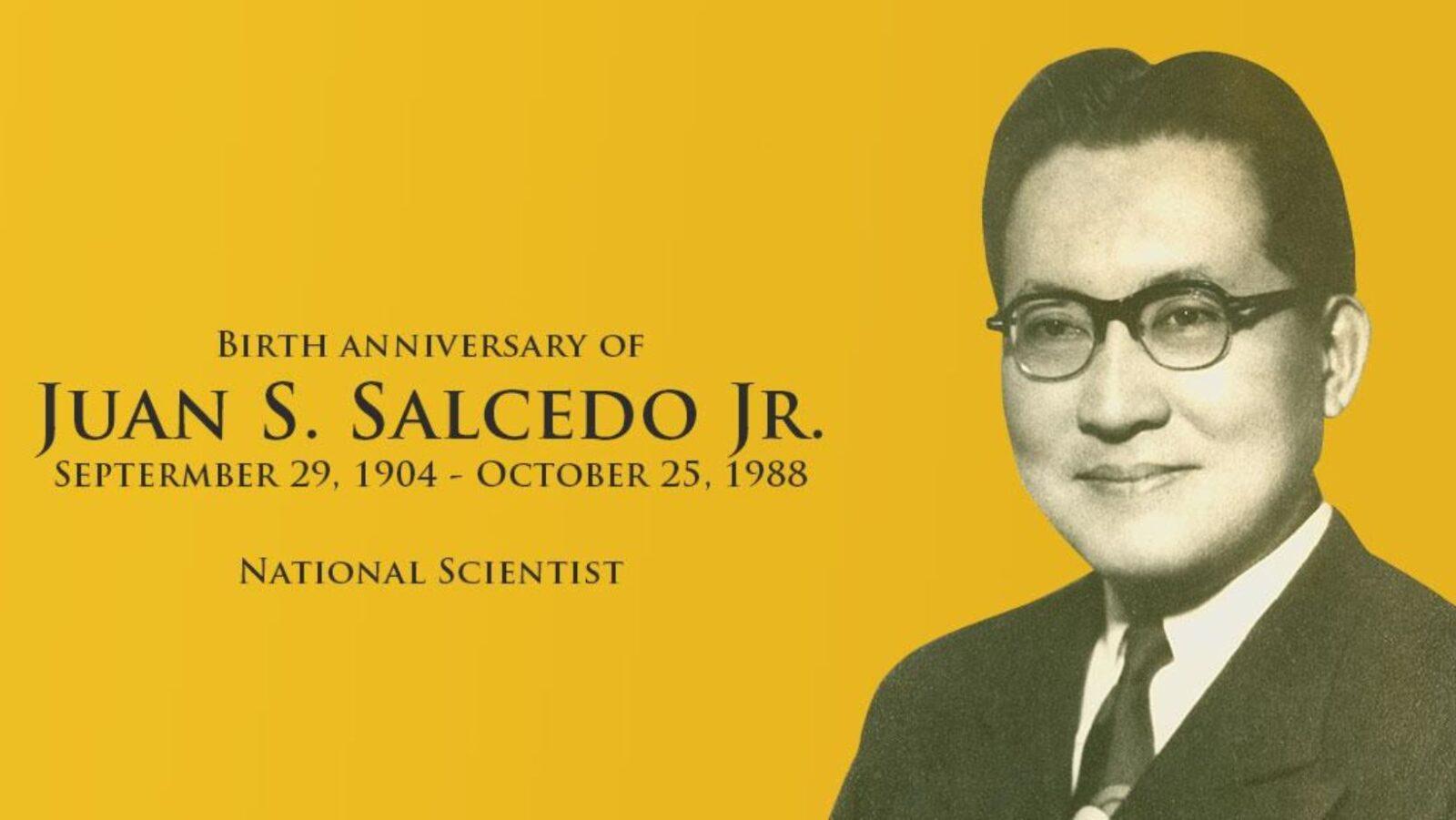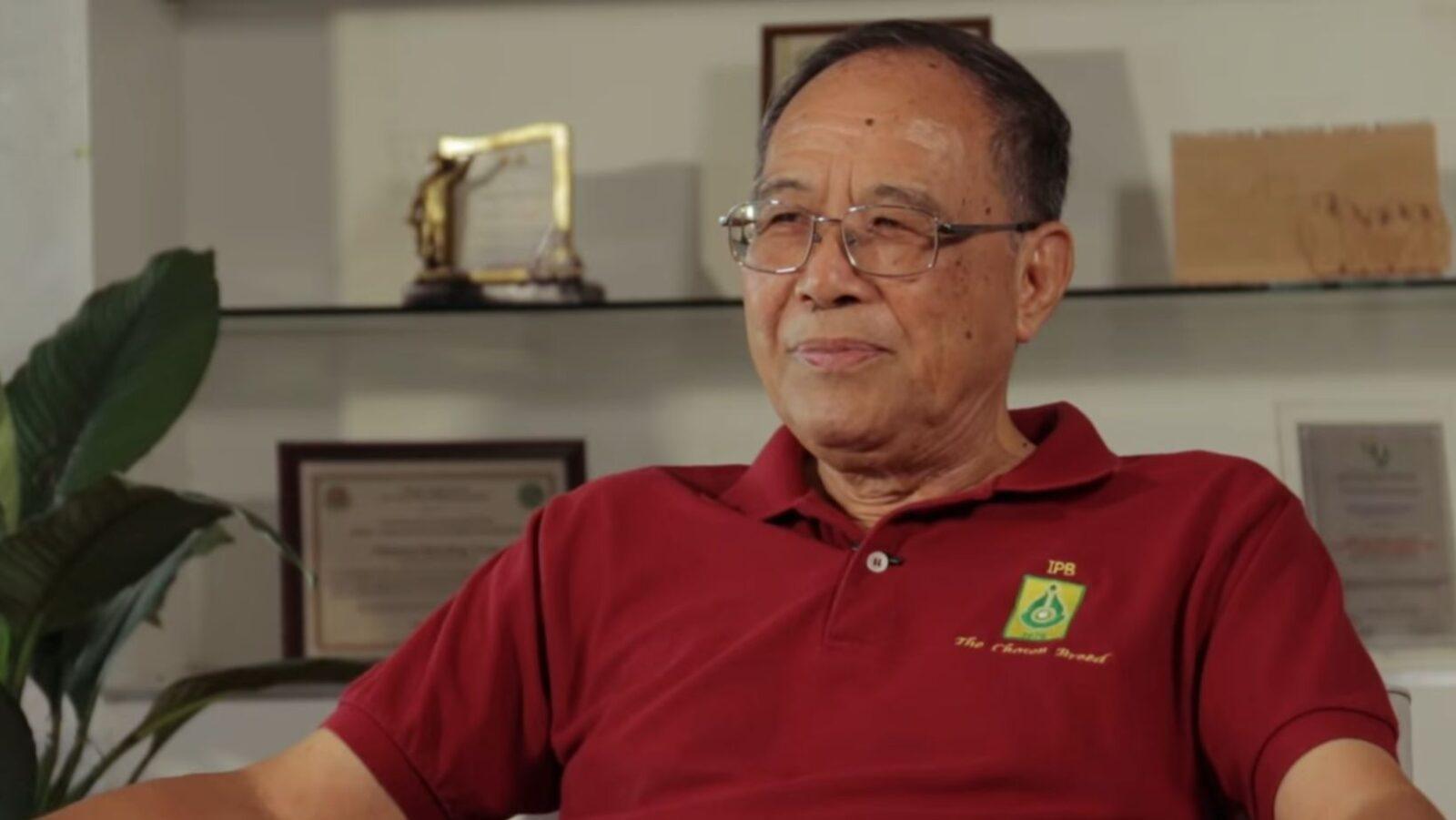(Updated on December 5, 2019) Science has been defined in a plethora of ways since the scientific revolution, dating back to the 17th century.
In fact, the Merriam-Webster Dictionary (2018) hosts a multitude of its conceived definitions, including “the state of knowing which distinguishes from ignorance,” “a departmentalized and systematized knowledge as an object of study,” and “a system of knowledge covering general truths or the operation of general laws as obtained from the scientific method.”
It is worth noting that most of these definitions all emphasize the notion that science is merely equivalent to knowledge, which for a six-year-old kid can just mean a huge depot of facts and trivia.
Science in public schools: a personal experience
If you’re part of the majority of the population that went through their elementary education in a public school like me, you would easily recall the atmosphere of such an environment. Forty to fifty students clustered in a classroom, staying in school from 8 am to 4 pm, patiently going through all their subjects in one day. I belonged to the special science class, the top section of the batch as perceived by most teachers.
Unlike most of my batchmates who endured the agony of staying in bland classrooms, my section’s classrooms through the years were actually good. They had science quotes posted on the walls, a solar system model attached to the ceiling, diorama projects on different ecosystems, a life-size human skeletal model, shelves of science textbooks, and even laboratory glassware donated by alumni.
All of these things in our classroom created the impression that our science classes were good and fun, but that’s not how it works. For one, our section NEVER used the glassware in our classrooms. As a child, I really wondered why we never used them. Would it be any better if we just let such resources collect dust on the shelves? Our teacher always explained that these items were ‘fragile’ and not suitable for children’s use. I always thought that even the simple lesson of introducing such glassware and demonstrating how to use them would be really exciting. Unfortunately, that never happened.
A large chunk of our science classes were not necessarily “classes.” Most of them sadly revolved around being the fastest pupil to copy all the words on the board. We did this two to three times a week, alongside the signature “shh” sounds that the monitor makes in order to prevent the class from being too noisy. Most of our classes involved group presentations with our ever-reliable Manila paper and black markers. We were given tasks, and we were obligated to present our answers to the class. Experiments were indeed sporadic, and most of the time, we only had one per quarter. Up to this point, I feel bothered by the fact that I can’t specifically remember any of the experiments we did.
That’s my personal experience as a science class pupil, and I can only wonder how my batchmates from the non-special science class fared. Things changed when I went to Philippine Science High School for my secondary education, but was that the case for my other batchmates who went to the other public DepEd schools as well?
Lackluster performance
Science education in our country cannot be considered as a strength. Based on 2014 statistics, the passing rate for the national achievement test (NAT) for grade six pupils is only 69.21%. The passing rate for high school seems far worse, with a passing rate of only 46.38% from 2010 statistics. Moreover, the Philippines consistently performs abysmally in international surveys.
One example is the Trends in International Mathematics and Science Study (TIMSS). In 2003, for high school, the country ranked only 34th out of 38 countries in HS II Math, and 43rd out of the 46 participating countries in HS II Science. For elementary, fourth grade participants ranked 23rd out of the 25 countries in both math and science. Our country stopped participating in the survey in 2008, perhaps after getting such lackluster scores.
More recently, the country participated in the 2018 Program for International Student Assessment (PISA). Conducted by the Organization for Economic Cooperation and Development (OECD), the study ranked 79 participating economies based on their students’ performance in reading, science and math. Filipino students had the lowest mean score in reading comprehension (340 points, below the 487-point survey average). They also ranked second to the last in science (357) and math (353), below the 489-point average in both subjects.
This raises an all-important question: Why is this so?
Shortage of teachers
Numerous factors can be attributed to the current predicament faced by the country. First and foremost would be the shortage of science and math teachers in the country. In 2016, DepEd secretary Leonor Briones stressed the need to hire more teachers with the implementation of the K to 12 program, which created 36,641 free teaching posts. The government tried to make ends meet for this shortage by having DepEd offer teaching posts with above entry-level salary grades to Science and Technology graduates under the Junior Level Science Scholarships of the Department of Science and Technology-Science Education Institute.
The scholar graduates of the program would also receive a teacher training program for them to qualify for the Licensure Examination for Teachers (LET). Qualifying graduates from the scholarship would be given the position of special science teacher with a starting salary grade of 13. DepEd also called for graduates of Science, Math, or Engineering courses without LET certification, as well TESDA accredited technical-vocational graduates with expertise in specific learning areas, to apply as part-time teachers for the K to 12 Senior High School Program.
Shortage of classrooms
The shortage of classrooms for DepEd schools is also an issue. With the implementation of the K-12 program, Benjie Valbuena, national chair of the Alliance of Concerned Teachers-Philippines (ACT-Philippines) estimated the classroom shortage in the country to be 113,995 as of 2017. By June 2017, Education Undersecretary Jesus Mateo announced that 50,000 of the needed 113,000 classrooms had already been completed and are pending for use. The undersecretary stressed the objective of the government to create more classrooms “to meet lower class size, which leads to conducive learning.”
Shortage of laboratories
Aside from the obvious lack of classrooms, there is also a lack of science laboratories to facilitate science learning and application of its concepts to students. In 2014, DepEd reported a shortage of science laboratories in regions III, IV-A, X, XI, and XII, with an average of only one in ten schools having its own laboratory. In the National Capital Region, the ratio improved with three laboratories for every 10 schools; however, the findings showed that the rest of the regions did not have any science laboratories. This problem prompted researchers from Diliman and Los Banos of the University of the Philippines to develop Versatile Instrumentation System for Science Education and Research (VISSER).
This instrumentation system includes hardware, software, sensors, and experiment modules for various science subjects. The device’s hardware component includes multi-channel plug and play analog and digital sensors that run on a microcontroller. The microcontroller pools all the information and connects such hardware to the device’s modules, which include experiments in biology, chemistry, physics, and engineering.

UP associate professor Ranzivelle Marianne L. Roxas-Villanueva presents the VISSER project at a press briefing. Image credit: Newsbytes.ph
Quality of learning materials
DepEd also faces a challenge in terms of the quality of its textbooks. Many teachers have reported that the books are obsolete and flooded with errors. In Torrijos, Marinduque, the situation of “sick books” is nothing new. Teachers from that municipality are well-acquainted with the circulation of such textbooks. They even provided a copy of an English book for children inundated with marks from highlighter pens showing typographical, grammatical, factual, and conceptual errors. Antonio Calipjo Go, a critic of the circulating DepEd textbooks, identified 1,300 “errors” in a Grade 10 English Learning book. An anonymous teacher also pointed out numerous errors in her draft copy of the 2014 Grade 9 Science Learner’s material. These errors were already reported in order to improve the final version of the material.
The general perception of science in the Philippines
The aforementioned predicaments of Philippine education severely limit how most the public schools can teach science to their students. The lack of classrooms limits the conduciveness of lectures to students; public schools that lack classrooms oftentimes compensate by holding classes at their multipurpose gymnasiums, with their makeshift classrooms separated only by curtains. Students there can hear the chatter all over the place, and end up listening not only to their teacher’s lecture, but also to the lecture from the adjacent classroom.
Textbooks and learning materials are also critical. If they are bland and unengaging, how can one expect students to even flip through their pages with interest? The lack of laboratories also damages the quality of education, limiting teachers to lectures and reporting activities for students instead of lab experiments that show how the concepts work in real life. Filipino students are bombarded with theories and terminologies, which are not necessarily the things that make science exciting. Scientists do not memorize and regurgitate information; they ask questions, predict outcomes, and actually perform experiments.
With these limitations in science teaching, one cannot help but wonder how our countrymen perceive science. The average Filipino who does not work in a science-related industry has likely never related the concept to his or her everyday life. The word ‘science’ itself seems distant and elusive, only being applied to people who spend most of their days in the lab or in the classroom. When you hear the word ‘science’, what comes to mind? Probably, it’s a bunch of concepts from biology such as evolution, or the oft-repeated statement that “the mitochondria is the powerhouse of the cell.” As far as chemistry goes, you might remember mixtures, compounds, and elements. In terms of physics, you would probably just imagine blackboard full of equations and symbols, with Albert Einstein patiently and painstakingly trying to make you understand them.
Science at its core
Many would say that science is something that normal people don’t actively engage in. However, in reality, science is a crucial part of our everyday lives. One of the most well-known promoters of science, Carl Sagan, once said:
“Science is more than a body of knowledge. It’s a way of thinking; a way of skeptically interrogating the universe.”
Notice that in his quote, there is no emphasis on memorizing all the bones in the body, or being adept at solving all the kinematic equations. It simply boils down to questioning everything around us.
Over the centuries, innumerable discoveries and advances in science came as a result of the scientific method. It is a framework that most scientists and researchers follow in conducting their investigations and scientific work. Note that I used the term ‘framework’ instead of procedure or steps. That’s because there are many fields in science, each with their own variation of the method as needed.
Thus, when one hears the term ‘scientific method’, what should come to mind are only the following: asking questions to explore cause and effect relationships, proper gathering and examining of acquired evidence, and synthesizing all available information to come up with an answer to the initial question. This is how science worked before, and how it will continue to work in the foreseeable future. We should erase the notion that treats science just as a body of knowledge, expecting students to only cough up concepts and fancy terms such as photosynthesis or glycolysis.
As Sagan said, it is a way of thinking — and that is how it serves its purpose in nation-building.
A long journey for science in the Philippines
Providing competent science education facilitates students to be curious at a young age. It also cultivates their set of beliefs, based on the answers to their questions. Science pushes for the concept of objectivity, as opposed to relying solely on emotions that might hinder proper decision-making. Instead of arguing based on gut feel or emotions alone, we present data and facts. At the same time, we remain open-minded about the perspectives of other people. The values of objectivity and open-mindedness, in turn, enable and encourage people to listen to each other.
With this in mind, the current situation of STEM education in the Philippines proves that we have a long road ahead of us. Nevertheless, this should not stop us from pausing and admitting that yes, there is a problem that we should work upon.
We can still improve our textbooks and learning materials. We can still encourage more people to become STEM educators. And we can still improve our NAT scores, and confidently participate in international surveys once more.
Improving science education will not only allow our country to have citizens who are thinkers first and foremost, but also increase the number of STEM graduates to address the glaring industrial and agricultural needs that will boost the economic growth of our country.
The Philippines is still a developing country; however, that’s not a classification that one should be ashamed of. It’s an indication that that our country experienced massive setbacks due to colonization, corruption, and the lack of a properly educated voting population. In fact, we are completely capable of achieving the successes experienced by countries on the other side of the globe.
What we should know is that for us to reach such a goal, we need science. Not just science discussed in textbooks and observed in laboratories, but science in everyday life; science that is evident in how we handle all of our tasks and decisions. A strong science education is not an option, it is a must.
We must improve the ways we teach science in the Philippines, if we want to see ourselves moving and thinking forward. –MF
Note: The views expressed in this essay are based on the author’s opinions, experiences, and research.
REFERENCES
- Bernardo A, Limjap A, Prudente M, Roleda L. 2008. Students’ Perceptions of Science Classes in the Philippines. Asia Pacific Education Review – ASIA PAC EDUC REV. 9:285–295. doi:10.1007/BF03026717.
- Cruz MJS dela. 2017 Mar 11. Science ed and a thinking society. [accessed 2018 Mar 26]. http://opinion.inquirer.net/102324/science-ed-thinking-society.
- Definition of SCIENCE. [accessed 2018a Mar 26]. https://www.merriam-webster.com/dictionary/science.
- DepEd to hire more Math, Science teachers. 2016a. The Manila Times Online. [accessed 2018 Apr 3]. http://www.manilatimes.net/deped-to-hire-more-math-science-teachers/286207/.
- Dios A de. The National Achievement Test in the Philippines. [accessed 2018 Apr 3]. http://www.philippinesbasiceducation.us/2013/07/the-national-achievement-test-in.html.
- How DepEd plans to address PH classroom shortage. Rappler. [accessed 2018b Apr 3]. http://www.rappler.com//nation/172372-deped-address-ph-classroom-shortage.
- Mundo F del. 2015 Sep 14. A losing battle to improve textbooks. [accessed 2018 Apr 4]. http://newsinfo.inquirer.net/721749/a-losing-battle-to-improve-textbooks.
- PHL lags in global education survey. BusinessWorld. [accessed 2019 Dec 5]. https://www.bworldonline.com/phl-lags-in-global-education-survey/.
- PISA 2018 results. BusinessWorld. [accessed 2019 Dec 5]. https://www.bworldonline.com/pisa-2018-results/.
- Science education realities. 2014. The Manila Times Online. [accessed 2018 Apr 3]. http://www.manilatimes.net/science-education-realities/100096/.
- The Birth of Modern Science. 2016b. The Great Courses Daily. [accessed 2018 Mar 26]. https://www.thegreatcoursesdaily.com/birth-modern-science/.
- UP team develops low-cost science lab for public high schools. 2017. Newsbytes Philippines. [accessed 2018 Apr 3]. http://newsbytes.ph/2017/04/02/up-team-develops-low-cost-science-lab-for-public-high-schools/.
- Villar MB. Of aging farmers and food security | BusinessMirror. [accessed 2018 Apr 10]. https://businessmirror.com.ph/of-aging-farmers-and-food-security/.
Author: Rafael Ambag
A science kid at heart, Paeng aims to spark the interest of the common man in science through science journalism and organizing science camps for elementary children. He is an incoming freshman under UP Diliman’s BS Molecular Biology and Biotechnology program.







